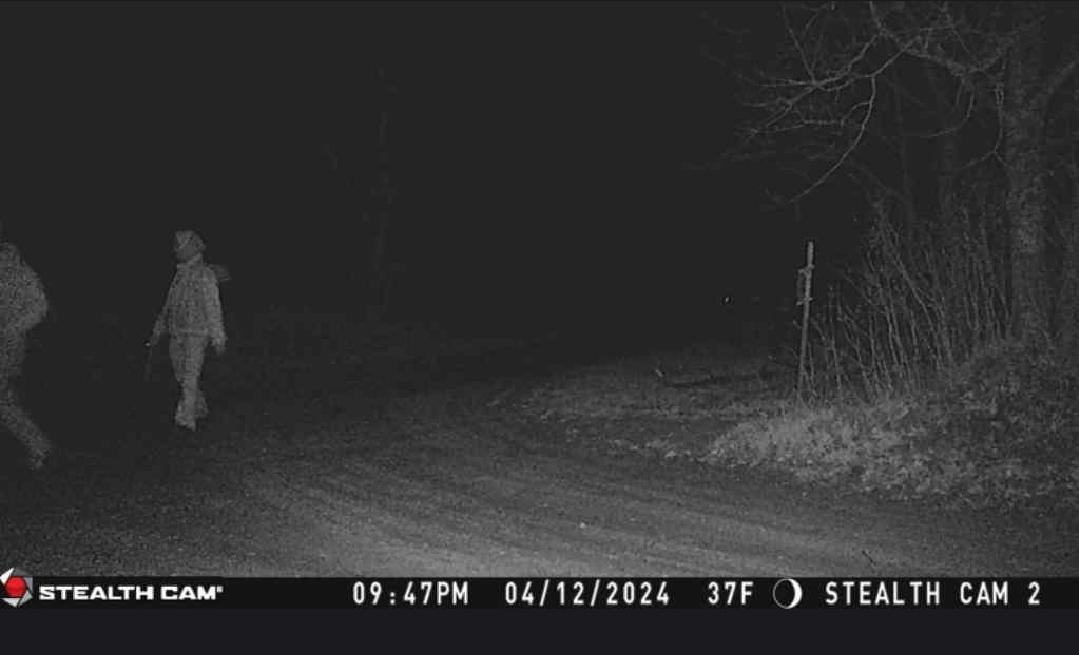
Teachers & Parents:
Does your kid have a science question?
Have them send us a video with a weather question to weather@9and10news.com!
As December comes to a close, the winter season is only getting started. We showed you last week how to properly measure snow. This week we have another way to measure snow.
The amount of snow is not the same as the amount of rain that falls. Snowflakes are made of different types of crystals due to temperatures in the atmosphere. Often quick bursts of lake effect snow is drier snow, while system snow is more wet and heavy snow. How does that equate to liquid though and why does it matter?
Snow type is important when forecasting. Dry snow accumulates quicker because of air pockets within the flakes. This allows them to stack on top of each other easier.
Wet snow is heavy and compacts down well because there is little to no air pockets in these ice crystals. This snow won’t accumulate as quickly, but is a pain to shovel and wipe off the cars.
The standard snow to liquid ratio is 10:1. This means 10 inches of snow is equal to 1 inch of liquid water (rain).
Dry snow has a higher ratio, typically 11:1 or higher. The drier the snow the higher the ratio. In some cases, 20 inches of dry snow can equal 1 inch of liquid rain.
On the other hand, wet snow has a lower ratio. Typically 9:1 or less. The wetter the snow, the heavier it is and the slower it accumulates.
You Will Need:
- Jar (Metal works best)
- Snow
- Ruler
- Hot Water
Procedure:
- Set your Jar up near your snowboard
- Let snowfall!
- Snow will accumulate in the jar
- Once the snow stops falling, bring the jar inside
- Grab your ruler and run the jar under hot water or leave it in hot water with a lid.
- DO NOT let extra liquid into the jar, it will lead to an inaccurate measurement
- DO NOT microwave snow either, this will lead to snow evaporating, also messing with accurate totals.
- Once the snow is completely melted, measure with your ruler (any works)
- How much did you measure?
- Compare your Snow totals to your liquid total.
- How Much Snow? (ex 6″)
- How Much Liquid? (ex 0.60″)
- Find Snow to Liquid Ratio ( 6/0.60 = 10, thus 10:1)
- Now we know that this was a typical snow.
- 10:1 Normal
- 9:1 or less (8:1, 7:1, etc) – Wet Snow
- 11:1 or higher (12:1, 13:1, etc) – Dry Snow
- If you are a little forecaster, how did you do? Let us know!
If your kiddos try this experiment, send us photos of you and your experiment and you might get to see it during weather on The Four on Tuesdays and Thursdays!
Make sure you tune in every Tuesday for a New 9&10 STEM. Send us an email at or find us on Facebook and at Doppler 9&10 Weather Team if you have a weather question or want something in science explained! It does not have to be weather-related! Anything Science or math-based we’ve got you! You can always get the latest forecast on 9and10news.com/weather as well as interact with us on social media!
Facebook — , and
Twitter — , and
Instagram — , and
Categories:

© 2023 - 910 Media Group

